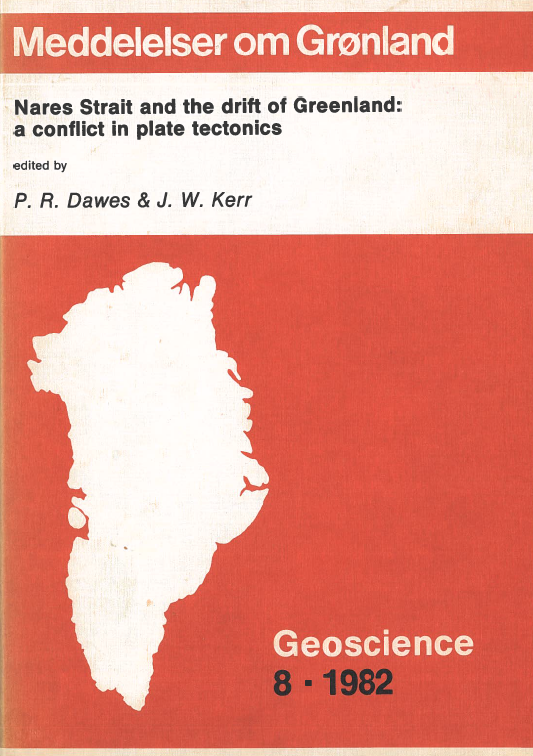The Proterozoic Thule Basin of Greenland and Ellesmere Island: importance to the Nares Strait debate
DOI:
https://doi.org/10.7146/moggeosci.v8i.141030Abstract
Onshore geological investigations in the Smith Sound region are now so advanced as to allow correlation between Canada and Greenland to be made with confidence.
The Precambrian Shield is unconformably overlain by unmetamorphosed Proterozoicstrata (Thule Group) that are best preserved in Greenland, where they attain a thickness of at least 4.5 km. Less than 1100 m are present in south-eastern Ellesmere Island, but the succession is so similar to the lower part of the Greenland succession that unit to unit correlation of both sedimentary and volcanic rocks is possible. This correlation strongly supports the concept of a single in tracratonic basin (Thule Basin) spanning the southernmost part of Nares Strait. In Greenland the basin is well defined and its northern margin is at about 78°15'N. In Ellesmere Island paucity of outcrop provides less definition but the northern margin lies between Baird Inlet (78°30'N) and Bache Peninsula (79°N).
The lithological and thickness correlation of the Proterozoic successions on the opposite shores of the Smith Sound region strongly suggests that any tectonic movement along the Nares Strait lineament has not resulted in major net transcurrent displacement of Greenland and Ellesmere Island.
Downloads
Published
How to Cite
Issue
Section
License
Coypyright by the authors and the Commision for Scientific Research in Greenland / Danish Polar Center. No parts of the publications may be reproduced in any form without the written permission by the copyright owners.


